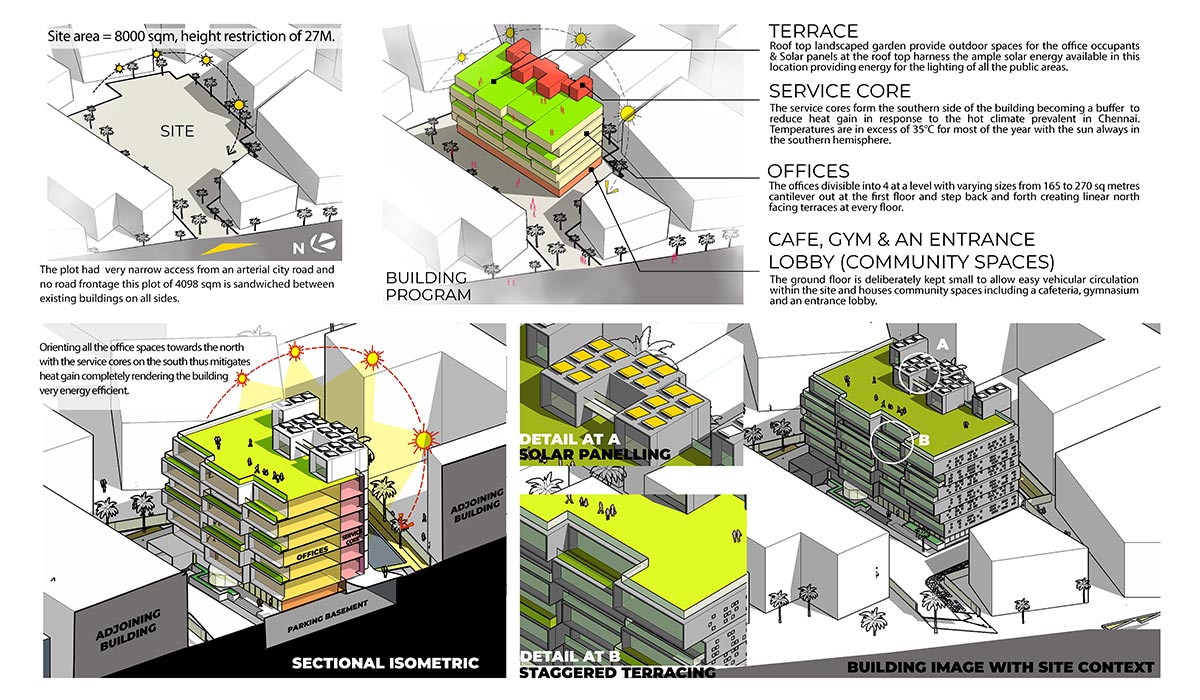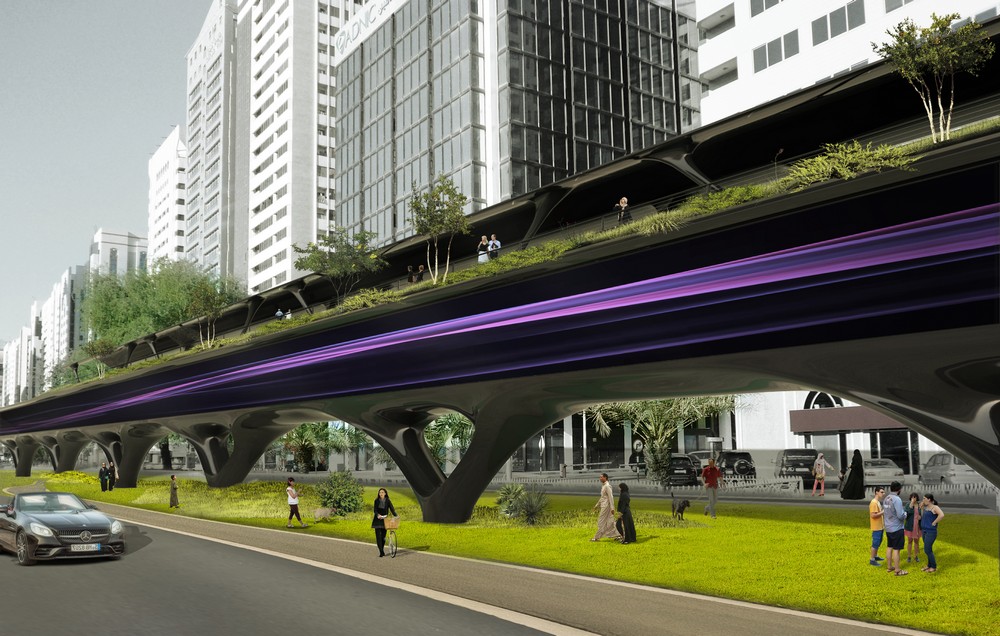How Does Architecture Respond To The Needs Of Climate-responsive Design?

Climate Responsive architecture is more than just a concept; it is a way of designing buildings that take into account the natural environment in which they exist. Simply put, it is about creating structures that respond to the surrounding climate. Climate responsive architecture has many benefits, including reducing energy consumption and improving comfort levels for those inside.
How Does Climate Responsive Architecture Work?
Climate Responsive Architecture takes into account several factors like the scale of the building, its orientation, and the materials used to construct it. It uses passive design strategies such as:
Ventilation
A building's ventilation system is an essential part of designing a climate-responsive building. With the right design, ventilation systems can naturally circulate fresh air while removing stale air. It can maintain a comfortable temperature and improve the quality of indoor air. By utilizing natural ventilation, a climate-responsive building can eliminate the need for air conditioning and significantly reduce energy consumption.
Insulation
A climate-responsive building should make the most of passive solar heating. This is achieved by insulating a building to reduce heat loss during cooler months. Insulated walls and roofs keep the building cooler in the summer and prevent heat loss in the winter. By capturing the heat of the sun, a climate-responsive building can limit the use of artificial heating, which saves energy and utility costs.
Shading
The orientation and design of a building determine how much sunlight enters from different directions. Ideally, a climate-responsive building should get enough sunlight during winters, but not too much in the summers. By strategically placing sunshades, the architect can help control the amount of sunlight that enters a building, reducing the need for cooling systems and lowering energy costs.
Green Cover
Trees and plants can have a great impact on the microclimate of an area. Green areas around the building can effectively reduce the ambient temperature of the region. Trees and plants can create shade, diffuse the sun's rays, and reduce wind speeds, making the building more comfortable to inhabit during the hotter months.
Benefits of Climate Responsive Architecture
Climate Responsive Architecture has several benefits:
It Reduces Energy Consumption and Costs
A well-designed Climate Responsive Building can reduce energy consumption and costs by as much as 30%. Passive solar design principles enable the building to take best advantage of the sun's energy, reducing artificial heating and lighting needs. Reduced energy costs are also a huge benefit to the environment, reducing CO2 emissions.
It Improves Comfort Levels
By using natural means like ventilation and shading, a climate-responsive building provides optimal temperature and setting conditions, making it more comfortable to inhabit naturally.
It Enhances Health and Productivity
Green spaces, penetration of natural light, and reduction of toxins or pollutants enhance health and productivity among building users. A comfortable, healthy, and pleasant work environment motivates people and improves performance.
It Decreases Environmental Impact
Climate-responsive buildings significantly decrease the environmental impact caused by energy consumption to heat, cool, and light buildings. It reduces carbon footprint, and consequently, global warming effects like hurricanes, floods, and drought.
Frequently Asked Questions
What makes a building Climate Responsive?
A building is climate-responsive when it is designed to take into account the particular climatic conditions in which it is located and acts naturally to respond. It uses passive design strategies to reduce energy consumption and improve the comfort and wellbeing of its occupants while effectively minimizing the environmental impact of its operations.
Why is Climate Responsive Architecture important?
As we try to reduce our carbon footprint, it is essential to find new ways of making buildings more energy-efficient. Climate Responsive Architecture is essential in this respect as it combines various passive design strategies to reduce energy consumption, improve comfort levels, and protect the environment. Climate Responsive Buildings positively impact energy consumption, health, productivity, and the environment at large.
What are some of the challenges of designing a Climate Responsive Building?
The challenge is to create a building that reduces energy use while still providing adequate comfort and healthy living and working conditions. It requires balancing the design's aesthetic aspects with the practical considerations required to achieve energy efficiency targets and environmental responsibility within building codes and restrictions. All this needs to be achieved without compromising the building's intended function, flexibility, or usability.
What kinds of buildings can benefit from Climate Responsive Architecture?
Any building, regardless of size or purpose, can benefit from Climate Responsive Architecture. Homes, offices, schools, factories, hospitals, and retail outlets are examples of buildings that can reduce energy costs and improve occupant wellbeing through Climate Responsive Design.
What is the future of Climate Responsive Architecture?
As we become more aware of the need for sustainable and environmentally responsible practices, Climate Responsive Architecture will play an increasingly critical role in the design and construction of buildings. With the increasing availability of new sustainable products and innovative approaches to designing energy-efficient buildings, we can create buildings that prioritize wellbeing and environmental impact without compromising functionality and aesthetics.
How can I incorporate Climate Responsive Architecture into my building project?
Working with an architect or designer who specializes in Climate Responsive Architecture is the best approach. Such professionals will have the necessary experience, knowledge, and resources to design a building optimized for energy efficiency, environmental responsibility, and occupant comfort. Good Climate Responsive Architecture principles can lead to a building that looks just as beautiful and functions even better according to your specific needs.
By making your building Climate Responsive, you can ensure that you adopt sustainable and environmentally conscious practices while also enhancing the wellbeing of your occupants and contributing to a greener planet.




Post a Comment for "How Does Architecture Respond To The Needs Of Climate-responsive Design?"